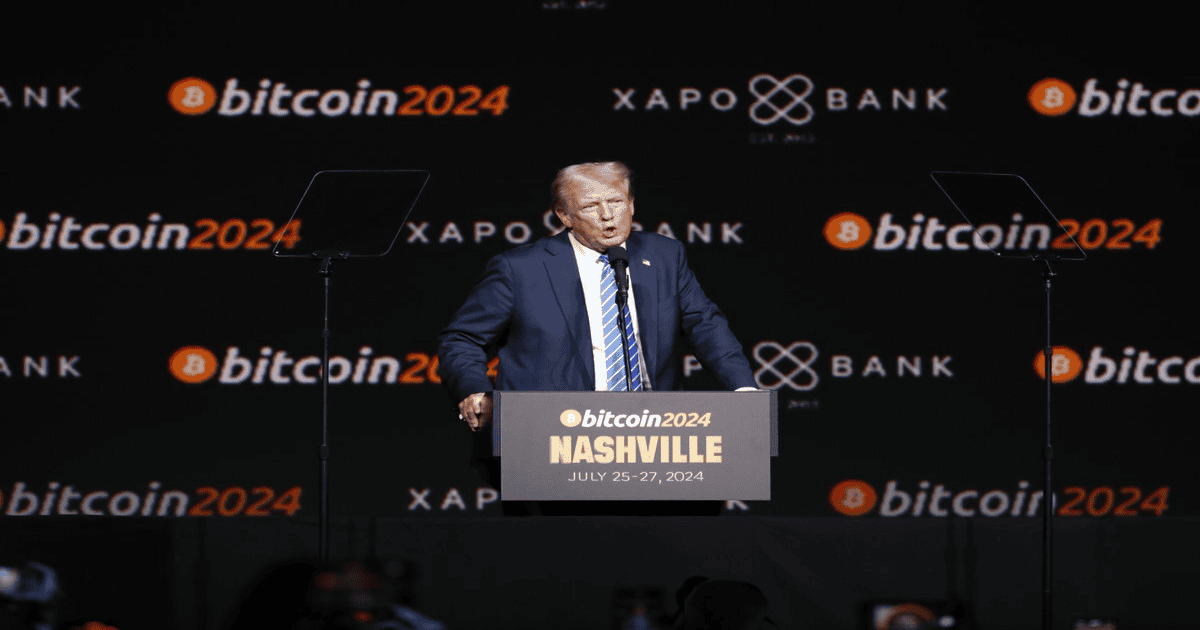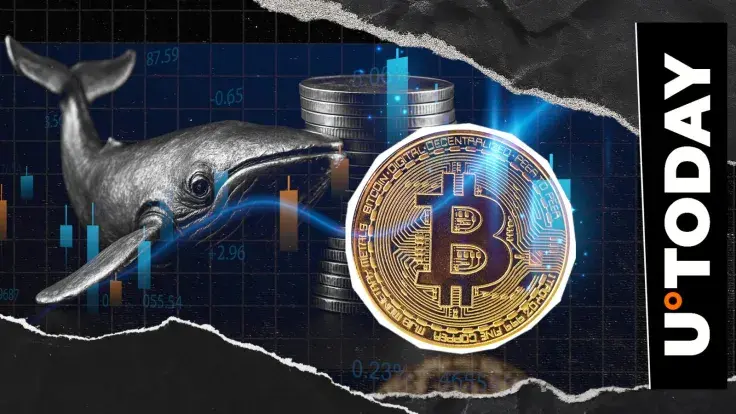Historic Blockchain Leap: US Government Puts GDP Data on Bitcoin, Solana

The United States government, through its Commerce Department, has officially commenced publishing gross domestic product (GDP) data on public blockchains. This landmark initiative, first announced on a Thursday, integrates blockchain technology into the core of America’s economic reporting. The GDP data is now accessible on nine distinct networks, including prominent cryptocurrencies like Bitcoin, Ethereum, and Solana, marking a significant step in the adoption of digital assets by federal agencies.
Commerce officials clarified that this blockchain rollout serves as “another avenue” for data distribution rather than a replacement for traditional economic data releases. Despite this, the move carries substantial symbolic weight, as it signifies the government’s formal endorsement of a technology previously met with deep skepticism in Washington. Mike Cahill, CEO of Douro Labs, who collaborated with the Commerce Department on this initiative, stated, “With today’s announcement we are now in a world where government data lives on blockchains, and market participants can participate in real time.” This integration involves posting cryptographic hashes of GDP data, which act as digital fingerprints to ensure the integrity and verifiability of the information.
The project was spearheaded by Commerce Secretary Howard Lutnick, who reportedly informed President Donald Trump that statistics would be issued via blockchain due to Trump's embrace of the crypto space, labeling him the “crypto president.” This initiative represents a sharp contrast to the previous administration under President Joe Biden, which maintained a cautious regulatory stance towards cryptocurrencies, often clashing with exchanges and imposing restrictions on digital assets.
President Trump has rapidly moved to integrate Bitcoin and other digital assets into government policy since taking office. His administration has established a U.S. Bitcoin reserve, stockpiled various coins such as Ether and Solana, signed legislation to regulate stablecoins, and appointed crypto-friendly regulators who have ended enforcement actions against major exchanges like Coinbase. Beyond government actions, Trump's family has also expanded its involvement in the digital asset sector, backing ventures such as World Liberty Financial. The growing political influence of the crypto industry is evident through significant donations to Trump's reelection campaign and contributions exceeding $133 million to super PACs supporting pro-crypto candidates in 2024.
The technical underpinning for publishing this data directly on blockchain networks is provided by Chainlink, a prominent “oracle” provider. Following this announcement, the price of Chainlink's native token, LINK, surged by over 6%. Chainlink views this collaboration as a “key milestone” for government adoption of blockchain technology, highlighting its technology's existing use by major entities such as SWIFT, BNY Mellon, BlackRock, Visa, and Mastercard. Leading U.S. cryptocurrency exchanges like Coinbase and Gemini also assisted the Commerce Department in implementing this change.
This initiative places the Commerce Department alongside other agencies that are exploring crypto technology. For instance, the Department of Homeland Security has considered blockchain for enhancing airport passenger screening, and California’s DMV has already digitized car titles using crypto technology. As President Trump solidifies his image as the “crypto president,” the adoption of blockchain for GDP data distribution signals a profound transformation in U.S. economic policy, further cementing Bitcoin’s role as a potent political and financial force in Washington.
In related economic news, the U.S. economy demonstrated stronger-than-expected growth, expanding by 3.3% in the second quarter, with consumption increasing by 1.6%. This figure, revised from an initial 3%, marks the best quarter since Q3, 2023. While economist Heather Long notes that the data indicates a slowing economy, it “clearly” continues to grow. Despite this relatively robust economic performance, the Federal Reserve is still widely anticipated to implement interest rate cuts next month.
Recommended Articles
Mystery Deepens: Ancient Satoshi-Era Wallet Wakes After 13-Year Slumber

Several long-dormant Satoshi-era Bitcoin addresses, inactive for over 13 years, have recently been activated, collective...
Bitcoin's Next Bull Run: What Investors Need to Know

Despite claims that institutional adoption has matured Bitcoin's market, this article argues against the "this time is d...
Satoshi-Era Bitcoin Whale Emerges After 13 Years with Staggering 640,000% Profit

A Bitcoin wallet dormant for over 13 years recently became active, transferring its substantial holdings. Acquired in 20...
Nigeria Dominates African Crypto Scene with Massive $205 Billion Surge

Sub-Saharan Africa is experiencing rapid cryptocurrency growth, with a 52% year-on-year increase in on-chain value, posi...
US Government Makes History, Publishes GDP Data on Bitcoin Blockchain

The U.S. government has begun publishing gross domestic product (GDP) data on public blockchains, including Bitcoin, Eth...
Saylor's MicroStrategy S&P 500 Dream Crushed, Market Reacts!

Michael Saylor and Strategy reacted strongly to the company's rejection from the S&P 500 index, despite MSTR's significa...
You may also like...
Tragic Loss of Boxing Icon Ricky Hatton Sends Shockwaves Through Sports World

British boxing icon Ricky Hatton, affectionately known as “The Hitman,” has died at 46, prompting a wave of tributes fro...
Man City Dominates Rival Man Utd in Thrilling Derby Showdown

The 197th Manchester derby saw Manchester City triumph over rivals Manchester United with a decisive 3-0 victory, marked...
Anime Sensation 'Demon Slayer: Infinity Castle' Obliterates Box Office Records

98% verified hot
Morgan Wallen's Heartfelt Tribute to Charlie Kirk's Widow Erika at Canadian Show

Country star Morgan Wallen dedicated a song to Erika Kirk, widow of conservative activist Charlie Kirk, during his recen...
Tensions Erupt: Zach Bryan & Gavin Adcock's Near-Fight at Country Fest!

Country artists Zach Bryan and Gavin Adcock were involved in a tense confrontation at the Born & Raised Festival, nearly...
Mark Ronson's Childhood with Michael Jackson: Re-examining the Past

Mark Ronson recounts a memorable, yet unusual, evening spent with Michael Jackson at age 13, prompted by later child abu...
Sasha P Crowned Winner: Scoops $10,000 CANEX Prize for Innovative Pitch

Musician and entrepreneur Anthonia “Sasha P” Alabi, known as Sasha P, won a $10,000 grant at the CANEX SME Pitch Grant P...
Welcome to the World! Noble Igwe and Chioma Celebrate Third Child's Arrival

Media personality Noble Igwe and his wife, Chioma, have welcomed a baby boy, adding to their family of two daughters. Kn...